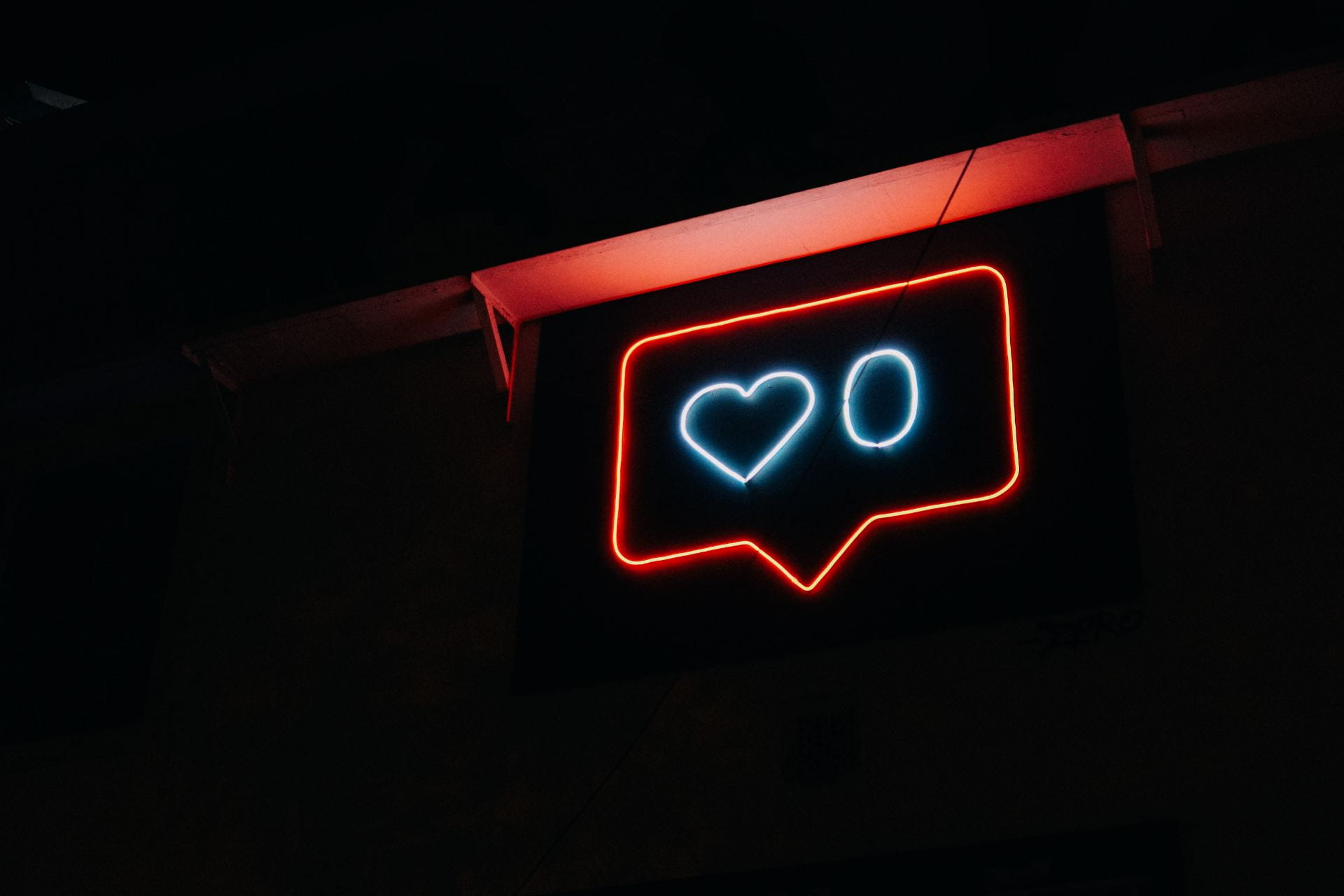Hi! I'm Tash, a third year English student and (very very very) amateur photographer, who is liable to accidentally dye my light clothes (or friends, or seats, or walls) blue with my hair whenever it rains :)

Non-optical allyship in the Black Lives Matter movement
June 8, 2020,
read.
This article is more than 3 years old
The Black Lives Matter protests sparked by the killing of George Floyd by Minneapolis police officers and sustained by outrage at institutionalised racism have been continuous, every day, for nearly a fortnight in the US.
This movement is now global, with protests being organised in hundreds of cities around the world, including here in the UK. It has also opened platforms for dialogue around many other cases of police brutality and the systematic mistreatment of people from black and ethic minority backgrounds.
In an ever growing and new way, social media (particularly Twitter and Instagram) has become a vital resource for the Black Lives Matter movement. These platforms have acted as a news source, both for those attending protests and those trying to help from home – as well as a way of directing action through the mass sharing of petitions and donation links, and to help amplify black voices. Most of us are seeing our timelines filled with news from the protests, bail fund links, information on contacting elected representatives, and educational reform and police reform proposals, which are all there to be positively interacted with; shared, signed, read and amplified.
The point of this mass online movement is to inspire action offline, to create an awareness for the need of deliberate anti-racist action and share ways of applying it in real world contexts to achieve actual change, undermining and removing the pervasive systemic racism that the Black Lives Matter movement was established to fight against.
However, possibly due to the massive online scale of the movement, there seems to be a different kind of superficial interaction with these posts, coming to be identified as ‘performative activism’ or ‘optical allyship’.
For people who actively want to be support and be an ally right now, I have written a thread. pic.twitter.com/kTvDgXXO5L
— Mireille Harper (mee-ray) (@mireillecharper) May 29, 2020
Performative activism is essentially when users try and appear sympathetic to a cause for the sake of personal appearances or gain. These, usually online, superficial actions do not translate into real life actions like signing significant petitions, contacting MPs or elected officials, reading/watching to educate themselves, going to protests or donating.
The concern with these performative actions instead seems to focus on looking like they are supportive of the movement instead of actively trying to participate in ways black organisers are asking for or have identified to be productive in working against these systems of oppression.
One recent, and prominent example of performative activism which has been criticised is the ‘BLM tag ten chain’, wherein Instagram users tagged ten friends in their Instagram stories on a black screen. Although most people who took part in this tag challenge seemed to do so with the genuine intention of trying to show solidarity, making these posts alone without any other more active participation, does little to assist the Black Lives Matter movement.
This tag chain in particular received criticism as being disrespectful or tone deaf by many as it was seen as trying to apply the ‘viral trend’ mindset to the Black Lives Matter movement, something that has no place in a conversation about the treatment of black lives, their safety and systemic positioning.
The opposite of performative activism, and the kind of action a movement like Black Live Matter calls for, particularly from non-black participators, is non-optical allyship.
This term refers to allies taking action that is not centred around themselves, acting altruistically in the real world to positive and constructive effect. Some non-optical ally actions which have been highlighted in relation to the Black Lives Matter movement include donations, either of funds or time, taking part in or helping support protests and direct action, amplifying black voices and their expressions of their own experience instead of speaking over them, as well as self-educating and working to act deliberately against racism continually.
here is a thread of UK based BLM petitions that you may not have signed yet (they are available for other countries to sign as well!) including one that calls for the UK to ban the sale of rubber bullets, riot gear/ppe and tear gas to the US !!
— frankie (@brokebandito) June 4, 2020
Another significant part of non-optical allyship in relation to the Black Lives Matter movement that is being regularly highlighted by people of colour is the thinking about information and content you share – fact checking what you want to post to avoid misinformation and, importantly, make sure not to share traumatising content without need.
Images and footage from assaults of protesters, police brutality or other mistreatment of black people are deeply distressing to see for those to whom this violence is a genuine threat. While sharing these images can help to emphasise the important reasons behind this movement, its important to think of those you are trying to help first and foremost, and be careful not to re-traumatise in your efforts.
Particularly, non-optical allyship is a continual commitment to proactive participation, whether or not these social movements are the focus of headlines or social media. Instead of following trends non-optical allyship is a long term, real world commitment to productive activism. And, with the current focus on the Black Lives Matter movement, it is easier than ever to act constructively.
There is a wealth of info lists being shared widely to help direct and inspire action offline. From book and film recommendations to educate yourself on the history that lead to this need to protest, to compiled donation links for victim’s families, community and bail funds and petitions for change, these resources are readily available for those looking to be constructive allies.
To start off, here is some information from black leaders and creators detailing and linking constructive ways to get involved;
https://blacklivesmatters.carrd.co/
https://www.theyworkforyou.com/ – to find contact information for your MP.




